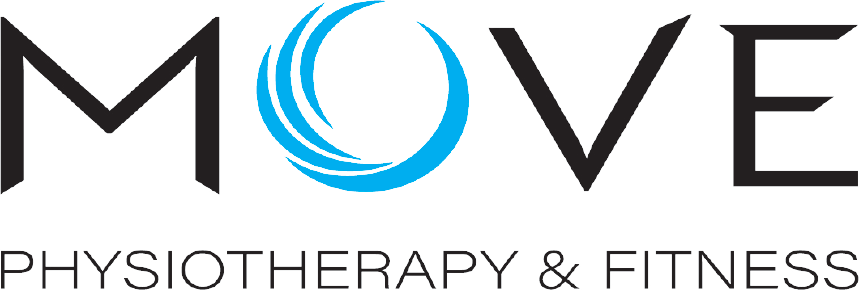I find that these days, it is almost a cliché question… what are your New Year’s Resolutions?
Furthermore, the meaning behind these resolutions is quickly becoming cheapened, with most now using this time of the year to simply cite a series of good intentions. However, as our enthusiasm wains as our holidays draw to a close, these intentions fall by the wayside.
The meaning of this blog is not to be a naysayer!
There is a simple science behind the New Years Resolution. That, when understood and re-imagined – can become a powerful instrument for change.
New Years Resolutions – The WHAT
I have seen some fantastic resolutions branded upon Facebook and Instagram – read 52 books, exercise daily, quit smoking/drinking/gambling, lose 5,10,15kg etc. They are long-term goals that require a lifestyle change over a sustained period of time.
No matter what the goal, predominantly, the success of these goals requires the development of a habit.
The Conscious and Unconscious Brain
For those who don’t know me. To start my career, I lived in a small coastal town in South Australia – Victor Harbor. It was the perfect lifestyle. Every house was within a few kilometres of the beach, there were constant rumbling waves for the amateur surfer and there was the perfect country town lifestyle.
When I first went to buy my house – I remember looking at a 1920s Bungalow home. It was a deceased estate by a single home owner – well known around the town for his daily morning walk from home to the shops, recurring long after his cognition had left.
When I walked through his house, the old patterned carpet throughout the house hallmarked this behaviour. A single pathway of almost completely worn carpet which trekked from room to room and finally to the front door.
Back to the point of this article.
Taking a simplistic approach, our brain can be divided into the ‘upper’ and ‘lower’ brain. Our upper brain, or cortical area, is involved in all of our thoughtful decisions. These are our conscious, energy consuming and mentally draining decisions. Our automatic reactions, such as the habits of the man from Victor Harbor, are carried out within the ‘lower brain’. These lower brain subconscious mechanisms become part of our automatic behaviour – long after our upper brain cognition has left us.
The point is – that if we want our New Years Resolutions to stick – we can not rely on our upper brain to carry the load. The upper brain forms our ‘motivation.’ It gets us started. It is our habit that keeps us going.
How Long Does It Take to Develop a Habit?
Simple. 66 Days.
Actually, the research will say that it takes between 18 and 264 days depending on the complexity of the habit. The average: 66 days.
This means that there WILL BE roadblocks as we appoint our New Years Resolutions. Work, illness, family and work commitments just to name a few.
The Keystone Habit
As such, I generally encourage most people to identify their ‘keystone habit’. This means reducing your 4-5 New Years Resolutions down to ONE – in order to reduce the cognitive (upper brain) load required to instate these habits and reduce the number of barriers that can get in the way.
For example, our New Years Resolutions may be to gym daily, lose 10kg, read a book each week and pick up a new hobby. Instead of carrying the burden of all of these drastic changes, our keystone habit could simply be to write a daily ‘to-do’ list – incorporating the actionable aspects of these original New Years Resolutions.
This single, easier task to complete; has a lesser ‘cognitive demand’. There are less barriers to completion – and it provides the added bonus of breaking these long-term goals into smaller, more manageable bite-sized chunks.
The biggest killer of motivation is failure. But, once we have instilled the daily habit of writing our to do list for 66 days, it is time to add another goal in our quest of continual self-improvement.
Now, this is just one example of a ‘keystone habit’. However, you may find that there is one central element behind a number of your New Years resolutions. Make this your 66 day goal. Other examples may include:
- Dedicate 20-minutes of your day to self-improvement activities – exercise, reading, listening to an audiobook – something you don’t already do!
- Go technology free – eliminate technology from your mornings or evenings. You don’t even have to have an alternate task to replace this technology time. Just eliminating this distraction can free a significant amount of time to complete our other goals.
- Wake an hour earlier than usual. Spend this extra hour planning your day, reflecting on your goals or beginning your exercise habit.
Conclusion
Despite the cliché that has become of New Years Resolutions – it is a powerful time of the year to recommence your journey of self-improvement. Your self-improvement will only become permanent once you have developed your ‘habit.’
You will encounter roadblocks as you set along this pathway for behavioural change. Your conscious brain – the one that made these New Years Resolutions – is your motivation. This is the fuel on the fire. It is your New Years Resolution to ensure that you fuel this fire for as long as it takes for your resolution to become an automatic behaviour. 66 days.
Reduce your barriers to success and develop your ‘keystone habit’. Success breeds success. It is addictive. And once you have made your made your original goal an automatic behaviour – instate your next keystone habit!
Small improvements, delivered consistently lead to remarkable results.
Daniel Ryan
Physiotherapist/Owner
Move Physiotherapy and Fitness
